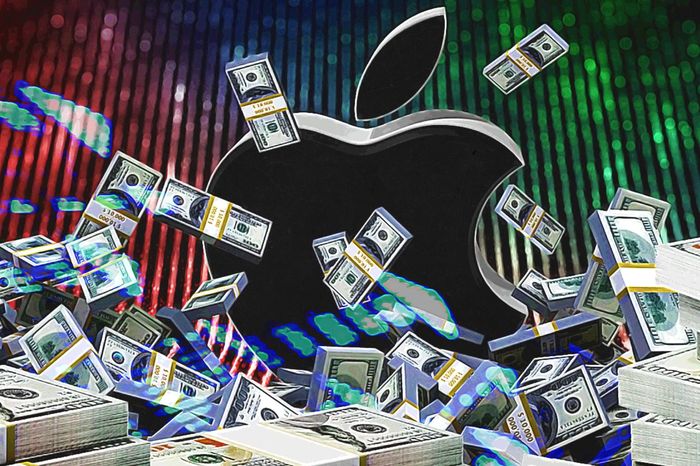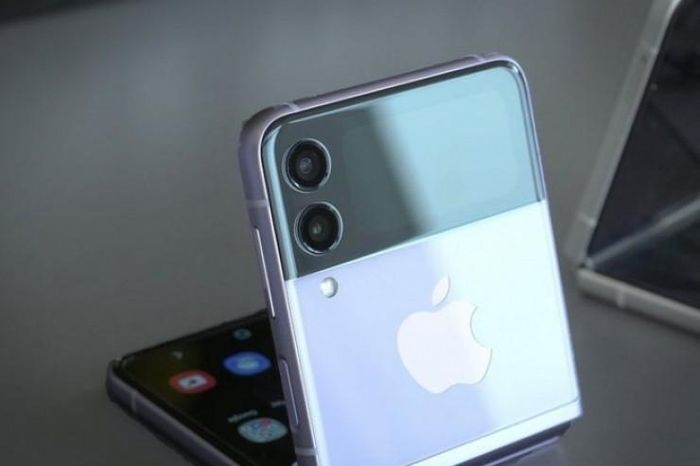Google changes the way 2-step verification is set up on user accounts
Google just made some changes to how users can set up 2-step verification (2SV) on their Google accounts. The search giant said the change is intended to "simplify the way users enable 2-Step Verification (2SV), thereby streamlining the process and helping admins enforce 2SV policies in their organizational environments." organizations and businesses easier".
Users who want to add "second step security" to their accounts will previously have to activate 2SV with a phone number. But with the new changes in place, they can directly add second-step methods like Google Authenticator or security keys before enabling 2SV on their accounts.
Google currently offers two options for users who want to add a hardware security key to their account as a second layer of security. Users can register FIDO1 credentials on the security key or store Passkey on it.
The company notes that users with Workspace accounts may still have to use a password in addition to a passcode if their organization requires it. Organizations can use the "Allow users to bypass passwords when logging in by using passkey" admin policy to provide passwordless logins to users.

Google introduces Passkeys to Android and Chrome in the second half of 2022. This authentication technology was launched for all Google Accounts last year and has been used more than a billion times across 400 million accounts to date. Google accounts worldwide.
Another change that Google has made is that all second authentication factors, including backup codes, phone numbers or Google Authenticator, will not be automatically removed from the Google account even in case the user decided to deactivate 2SV.
However, note that the second authentication factor will be removed if the administrator disables 2SV for the user from the admin-specific management, to "ensure that the user's initial workflow is not compromised." affect". All of these changes are available to all Workspace customers and users with personal Google accounts, according to the company, adding that the rollout will be complete in about three days.
You should read it
- 18 interesting 'bombs' of Google
- 14 great features on Google you may not know yet
- Interesting search engines on Google that you may not know yet
- 10 creative ways to use Google Keep every day
- Some tips to help you master Google Duo
- 3 tips for effective use of Google revealed by Google employees
- Google+ is oriented to be the next version of Google
- Google - When the Giants become too big
May be interested
- 25% of the 1.9 billion passwords and usernames bought on the black market are Google accounts
 hackers often try to hack into google accounts, so google researchers have spent a year to see how they can steal user accounts.
hackers often try to hack into google accounts, so google researchers have spent a year to see how they can steal user accounts. - How to set up two-factor authentication on all social networks
 today, the use of social media is increasing, security is extremely important. while choosing a strong password may help somewhat, your account can still be attacked. read this article for the two-factor authentication activation.
today, the use of social media is increasing, security is extremely important. while choosing a strong password may help somewhat, your account can still be attacked. read this article for the two-factor authentication activation. - Instructions for adding more user accounts to Chrome
 recently, google has added support for multiple user accounts for chrome's beta version.
recently, google has added support for multiple user accounts for chrome's beta version. - Can you pass the photo verification on Bumble? How does photo verification work?
 don't want to submit a selfie for verification on bumble? since bumble applies both real people and ai facial recognition to compare profile pictures with self-verification photos, it's impossible to bypass or fool the verification process. today's tipsmake will guide you through bumble's verification process and explain why we can't avoid it.
don't want to submit a selfie for verification on bumble? since bumble applies both real people and ai facial recognition to compare profile pictures with self-verification photos, it's impossible to bypass or fool the verification process. today's tipsmake will guide you through bumble's verification process and explain why we can't avoid it. - Google now allows G Suite administrators to disable unsafe 2FA authentication
 google recently added a new dashboard option to g suite administrators (admin console), designed to help administrators have the right to disable phone options as a two-factor authentication method ( 2fa) for g suite accounts in their domain, preventing users from using sms and voice codes when authenticating.
google recently added a new dashboard option to g suite administrators (admin console), designed to help administrators have the right to disable phone options as a two-factor authentication method ( 2fa) for g suite accounts in their domain, preventing users from using sms and voice codes when authenticating. - 4 ways to switch user accounts on Windows 11
 sometimes work requirements cause you to use many different user accounts simultaneously on one windows pc. at that time, it is very necessary to switch user accounts so that it is quick, convenient and flexible.
sometimes work requirements cause you to use many different user accounts simultaneously on one windows pc. at that time, it is very necessary to switch user accounts so that it is quick, convenient and flexible. - How to secure your accounts with U2F security key?
 u2f is a new validation standard. u2f security key is small usb device. to login, you will not need to enter the authentication code provided from an application or sms anymore, just insert the usb security key and click on that button. at this point, u2f only supports chrome browser, and perhaps microsoft is adding more to firefox browser.
u2f is a new validation standard. u2f security key is small usb device. to login, you will not need to enter the authentication code provided from an application or sms anymore, just insert the usb security key and click on that button. at this point, u2f only supports chrome browser, and perhaps microsoft is adding more to firefox browser. - Instructions for creating 2-layer security for GoDaddy accounts
 if you are using a domain account, godaddy hosting is best, you should enable this 2-layer security feature, to be safer when administering the system.
if you are using a domain account, godaddy hosting is best, you should enable this 2-layer security feature, to be safer when administering the system. - 4 ways to change user account type in Windows
 in addition to creating multiple users, windows 10 also allows you to limit what others can do on the shared pc, by providing multiple account types, specifically standard user accounts and admin accounts.
in addition to creating multiple users, windows 10 also allows you to limit what others can do on the shared pc, by providing multiple account types, specifically standard user accounts and admin accounts. - How to merge two Google+ accounts
 many people can use up to two google+ accounts, but sometimes it also causes a lot of distractions. if you want to just use a google+ account containing all the information and contacts, you can merge those two accounts into one. below we will guide you to do that.
many people can use up to two google+ accounts, but sometimes it also causes a lot of distractions. if you want to just use a google+ account containing all the information and contacts, you can merge those two accounts into one. below we will guide you to do that.










 Predicted information about Nothing Phone (3)
Predicted information about Nothing Phone (3) Why should you spend money on a third-party mobile photo editing app?
Why should you spend money on a third-party mobile photo editing app? The chip turns old smartphones into super good cameras
The chip turns old smartphones into super good cameras iPhone sales dropped 10%, Apple relied on the service industry
iPhone sales dropped 10%, Apple relied on the service industry Apple has not given up on the 'dream' of a folding screen iPhone
Apple has not given up on the 'dream' of a folding screen iPhone Difference between GDDR6, GDDR6X and GDDR7
Difference between GDDR6, GDDR6X and GDDR7